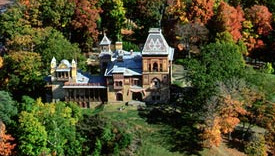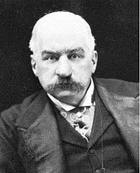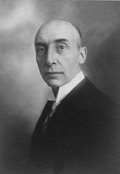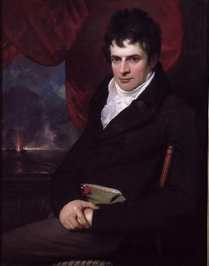This is a new one for me: The Cultural Landscape Foundation.
After I wrote about the George Eastman House’s new wiki (here), Notes on Photographs, a reader contacted me about TCLF’s new “wiki-styled” database of America’s “designed landscapes” searchable by “landscape name, locale, designer, type, and style.” Its goal is to be “a reference for students and teachers of design and history, enthusiasts, and professionals, provoking interest, informing stewardship decisions, and enriching our understanding of our designed landscape history.”
 Launched on Nov. 5, it’s called “What’s Out There” in hopes that people will send in submissions, which will be vetted before being posted. It now includes 75 landscape types, 14 landscape styles, 380 landscape architects and designers, and more than 650 sites nationally, but it needs your input — and seems to be a worthy cause.
Launched on Nov. 5, it’s called “What’s Out There” in hopes that people will send in submissions, which will be vetted before being posted. It now includes 75 landscape types, 14 landscape styles, 380 landscape architects and designers, and more than 650 sites nationally, but it needs your input — and seems to be a worthy cause.
TCLF is pretty new itself, having been formed only in 1998. Read more about it here. Among its worthy programs is Landslide, which focuses attention on landscapes at risk, including Olana, Frederick Edwin Church’s Moorish palace on the Hudson (above).
For the skeptics out there who wonder why I’m evening mention this — those who say landscape design isn’t art, even applied art — the TCLF is partnering with the Eastman House and Garden Design magazine on a photography show, on view at the Andy Warhol Museum in Pittsburgh: Marvels of Modernism runs through Jan. 3.
It’s all culture to me.
Photo: Courtesy The Cultural Landscape Foundation/Steve Turner


 But after seeing the Hudson-Fulton show and visiting several private collections here, an eminent European art scholar named Ludwig Justi (right), Director of the Berlin National Gallery, was moved to dissent. Back home in
But after seeing the Hudson-Fulton show and visiting several private collections here, an eminent European art scholar named Ludwig Justi (right), Director of the Berlin National Gallery, was moved to dissent. Back home in 